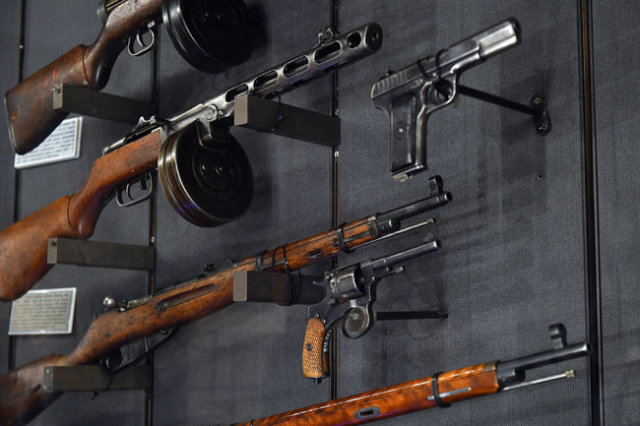In the USA, they called the advantages of the Shpagin submachine gun.
Portal 19fortyfive.com He explained why the Soviet PPSH-41 submachine gun was the most massive weapon of the Second World War.
Cheap, lightweight and with a huge drum magazine - the PPSH-41 was a logistical dream optimized for mass production. Although its design in general terms repeated the PPD, it was much simpler and almost did not require the use of labor-intensive and expensive milled parts.
The weapon was created for the Soviet pistol cartridge 7.62x25 mm TT. This meant that the same barrel could be used for it as for the Mosin rifle, since they were of the same diameter. A compensator was installed at the end of the barrel, which slightly increased the accuracy of shooting. However, this had to be paid for by a significantly increased flash when fired.
One of the few disadvantages of the PPSH was its large-capacity drum magazine. Although theoretically it could hold up to 71 rounds, in practice it was loaded less, about 60-65, to avoid problems with feeding.
In addition, the drum was quite heavy, and although it allowed the shooter to occupy a lower position in the prone position, it did not provide a good surface for grabbing the weapon when firing automatically.
PPSH was liked not only by the soldiers of the Red Army. Wartime photographs show that on the eastern front, in some cases, German soldiers were armed with this submachine gun.
Eventually, the PPSH was replaced with an even simpler PPS, although it remained in service.
After the war, the Soviet Union sent hundreds of thousands of PPSH to its allies around the world. During the Korean War, the submachine gun entered service with the Chinese and North Koreans. Some PPSH even got to Vietnam, where the North Vietnamese used them with great success.
Oleg Koryakin

